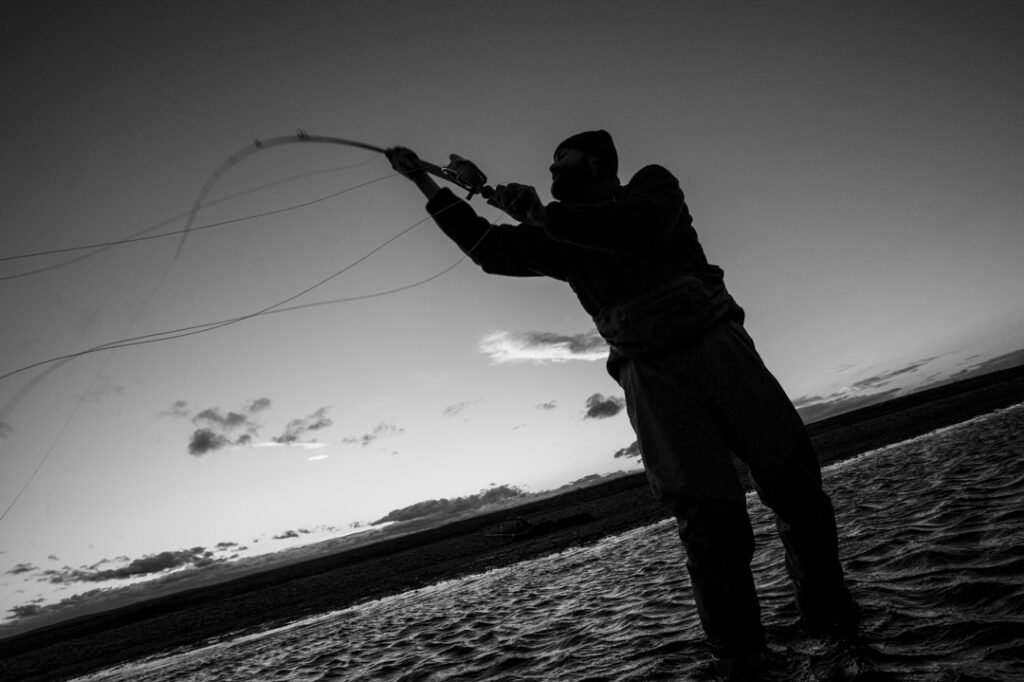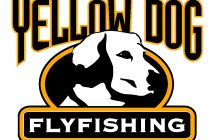
Ask the fly-reluctant what prevents them from fly fishing, and it usually boils down to three things: the tricky knots, the challenge of picking which fly to use, and all that fancy casting stuff. The cast is usually barrier number one.
I used to think all the focus on casting was misplaced. It upset me that people made a cottage industry out of explaining the technicalities of a fly cast. Being “certified” to teach casting seemed like a bunch of hooey. Those were barriers, and we didn’t need any more barriers. After all, there was no such thing as a “perfect cast” in my mind, only casts that catch fish, and casts that do not.
But I’ve mellowed on all that, and in some regards, have experienced a wholesale change of heart with regard to casting. Two factors influenced that.
First, I visited the Golden Gate Angling and Casting Club in San Francisco. This place is to fly casting what Cooperstown is to baseball. It’s the cradle of casting. Originally completed as a Civilian Conservation Corps project during the Great Depression in the 1930s, GGACC has had an immeasurable impact on casting—and fly fishing—around the world. Whether you realize it or not, many of the rods you fish with today have ancestral roots leading back to GGACC, and many of the casting techniques anglers employ were developed or at least honed in these concrete pools.
And it attracts people from all walks of life. If we really want to make fly-fishing more accessible, younger and more diverse, especially in urban areas, I think we should follow the proven examples from Golden Gate Park, or Pasadena, California, or Central Park in New York City. Put casting in more cities, and more anglers will emerge.
Casting isn’t a “barrier.” It’s the gateway.
The second reason for my change of heart is that a generation or so ago, the fly-fishing industry decided that to keep participation levels steady and ensure the future of the sport, they had to make it less intimidating, and that led to devising methods with which people could catch fish (trout specifically) without having to mess with all that icky casting stuff.
That may have been well-intended, but it developed an expectation of instant gratification. And thereby, a different cottage industry of catering to the folks who do not know how to cast, and do not care to learn, but still want to catch 50 fish in a day was born. That’s hammering certain rivers.
You’re a snob if you criticize the bobber, of course, and there is yet another cottage industry dedicated to describing the three-dimensional intricacies of fly fishing with methods where you don’t really have to cast. I actually find Euro nymphing to be pretty interesting, and it’s not at all simple. But it is essentially like using a Carolina rig in a trout river.
I think there’s a reason why so many fly-fishing aficionados gravitate toward the salt. It’s because you must be able to cast to catch fish in the ocean.
So, are you really fly fishing if you aren’t making fly casts? Probably. If you’re presenting a fly in some form or fashion. But somehow it doesn’t feel complete without the casting part.
Yeah, the tug is the drug. But the cast is a blast.
-Kirk Deeter




3 Comments
I agree that the “cast is a blast” which is why I have gravitated to the salt, where distance and accuracy are most often required. However, so many trout rivers don’t require a “true” cast. They are narrow and small with little or no room for real casting but only require rolls. Do we dismiss all these anglers and instances because of distance? Just wondering. To me casting is more about understanding the physics, the gear and the mechanics that go into creating an end result… being able to achieve a desired result from a given tool. Being proficient at teaching that should require a level of understanding of it. But that doesn’t necessarily mean you can adequately communicate that to someone else.
This brings me to the question of tenkara. Some fly anglers don’t consider it fly fishing. So days I use a 7ft line on my tenkara rod, other days a 25ft. I fish with a fly and present. Is there a difference?
Things to ponder.
The beauty of a fly line curving through the air is what drew my adolescent, bait-dunking self to fly fishing. And although I’ve purchased Euro and tenkara gear, and know they are effective — often more so — I just don’t get the same thrill, the same physical and aesthetic pleasure, that I do when casting a fly line.
The basic overhead cast isn’t difficult to learn, although as with most sports, achieving competency takes time and thoughtful effort. You’re absolutely right that casting ponds in urban areas are useful for this purpose, and I’ve spent time working on my still-imperfect technique at the GGAC and the casting pond across the bay in Oakland. But really, a well-mowed park or playing field is usually fine for practicing overhead casts and the like.
Critical, however, from my experience, is to just get out there and fish. I learned the basics on the creeks of the Sierra Nevada, and their tight constraints forced me to cast accurately and mend quickly, and I always fished — and still always fish — a dry fly on these small waters. Dang, what fun!
If seeking to sustain the sport over time, keep in mind that a huge number of metropolitan residents live within an hour or three of small mountain trout streams and are utterly ignorant of the dry-fly joy that can be found there. The recent emphasis by some in the industry on “blue line” waters is a heartening start, but more can certainly be done to promote small-stream opportunities. DIY adventuring no longer seems in vogue these days (remember The Curtis Creek Manifesto?), but it’s an attitude that could easily be fostered by retailers, the fly-fishing media, and AFFTA. And if one seeks solitude, hey, I almost never see footprints, much less other anglers, along the creeks I fish.
How much does the label matter to you as an angler? Can you flop a bobber-fly rig 15ft upstream and hook a trout? Can you cast 90ft on a dime to a waking Jack? Does it matter? Maybe more important is to protect the resources and opportunities to enjoy all facets of “fly” fishing. Seems similar to many outdoor activities these days, where the access and the resource are so much more important, and fleeting, than some fine-toothed label of how pure your version of the sport is. Get out there, cast 10ft, catch a fish. Then learn to cast 50ft. Then the line. You’ll love it. But you need access, clean water, and fish to enjoy the sport. Help protect those resources and rights for all fly anglers.